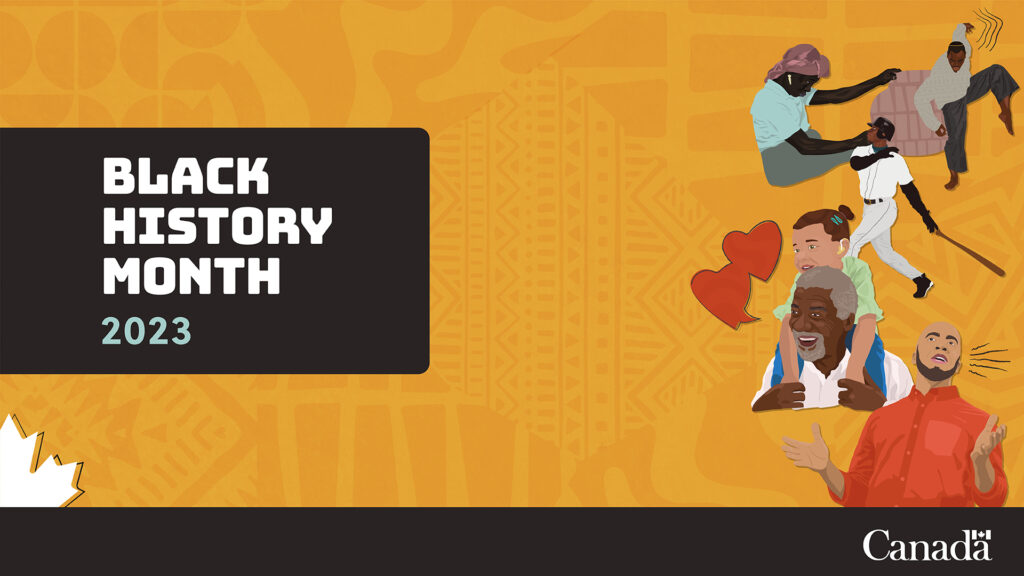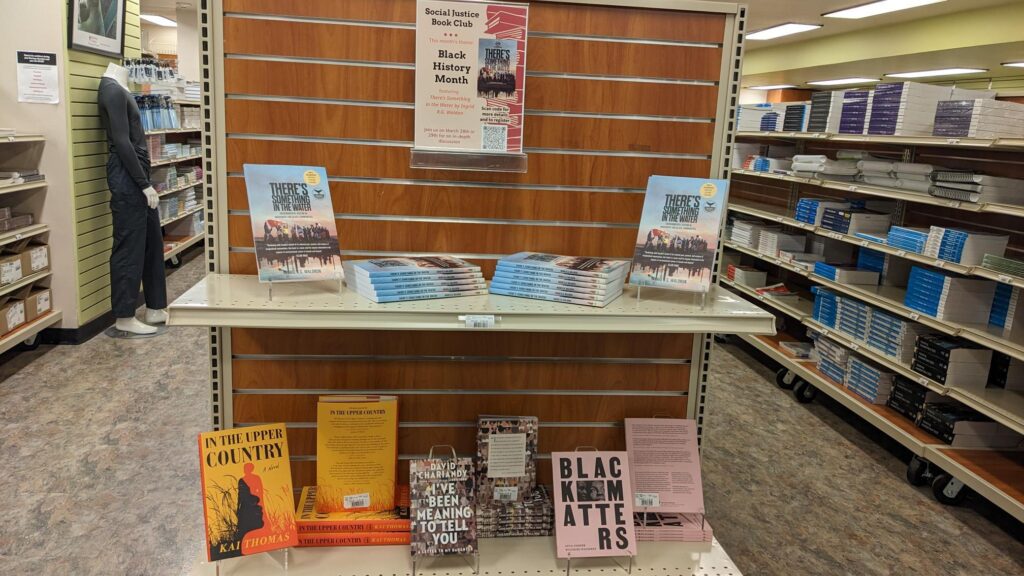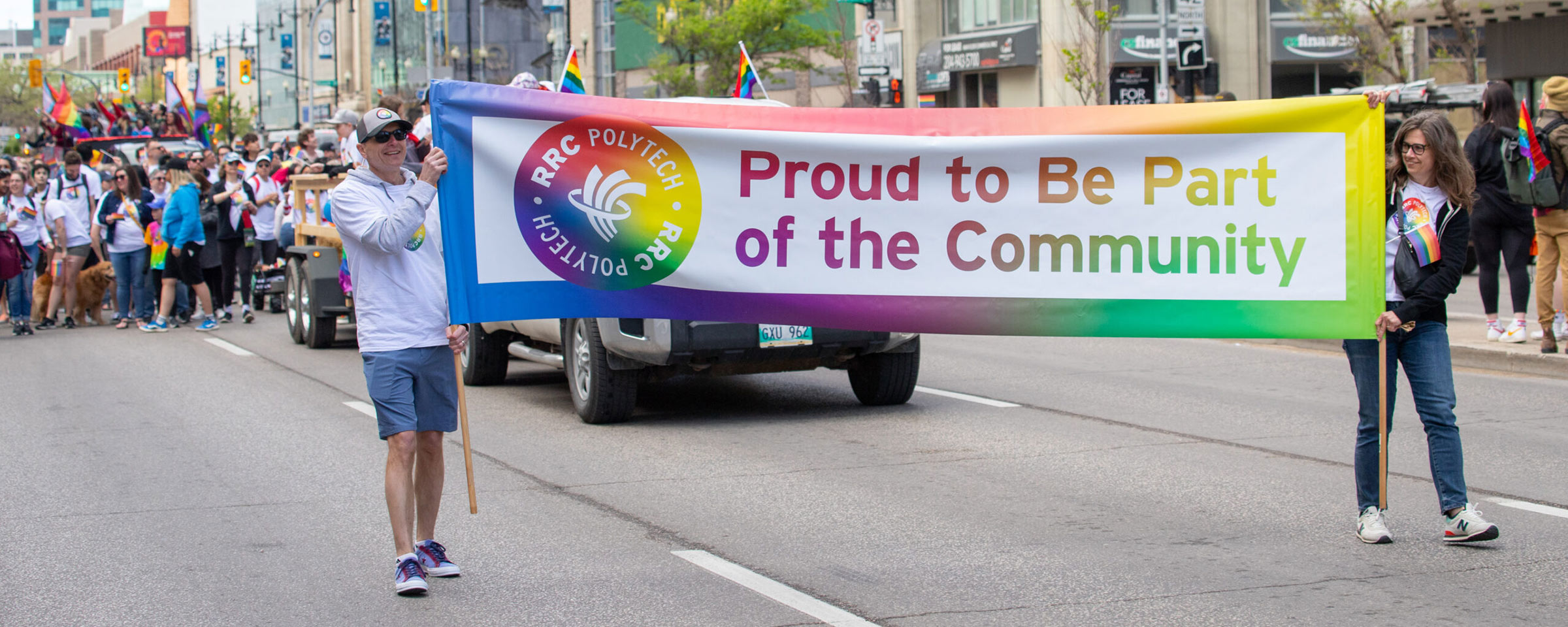Take part in the Black History Month Social Justice Book Club

The Social Justice Book Club is an initiative put on by the Anti-Racism Steering Committee to create a space for students, faculty and staff to foster a learning community that advances Truth & Reconciliation, and Diversity, Equity and Inclusion. The title of a book will be shared and then there will be an opportunity for participants to share in a facilitated discussion to explore the impact of the book. The discussion questions will be shared in advance on the Social Justice Book Club website as well as emailed to the discussion session registrants.
Join us for our first Social Justice Book Club event centered around Black History Month:
Step 1
Pick up There’s Something in the Water by Ingrid R. G. Waldron from the Campus bookstore, or your local library, and read the book during February and March and/or watch the documentary about the book on Apple TV or Prime Video.

Step 2
Join us on Tue. Mar. 28th from 12-1pm in CM27 (Active Learning Classroom) at NDC for an in-person in-depth discussion about the book OR on Wed. Mar. 29th from 12-1pm for a virtual in-depth discussion about the book.
Pick up your book at the campus bookstore and register for the Social Justice Book Club event here.
Discussion Questions
These discussion questions are designed to be used with There’s Something in the Water by Ingrid R. G. Waldron.
Use the Canadian Race Relations Foundations glossary to help with unfamiliar words.
- How does the expression “a rising tide lifts all boats” ignore the unique experiences of racialized people and prevent addressing environmental racism? (pg. 2)
- How did Waldron use Community-based Participatory Research (CBPR) to understand residents’ experiences? How could you use this to build partnerships at RRC Polytech? (pg. 23)
- Waldron defines colonialism and settler colonialism differently. How did these different focuses impact environmental racism for Indigenous and African communities in Canada? (pg. 38)
- Colonialism: European colonization and conquest to bring resources and slaves back to Europe.
- Settler colonialism: The elimination of Indigenous peoples by Europeans to transform the new colony into a new home.
- How do urbicide and gentrification contribute to environmental racism? (pg. 55)
- According to Waldron, “Canada has jurisdictional authority over Indigenous peoples, their land, and reserve communities” but not on operating provincial water regimes on reserve lands. What is the impact of this shared in the book? (pg. 73)
- How do myths about Black and Indigenous imperviousness to mental and physical illness as well as perceived disposability contribute to the environmental violence they are experiencing? (pg. 89)
- Reflect on the statement “In the end, social justice work is a marathon, not a sprint.” (pg. 112)
- Waldron states that we need a multi-pronged approach to address environmental racism in Canada. We need: 1) to center race, 2) to address environmental policy, 3) partnership between white-led organizations and Black and Indigenous communities, and 4) alliances between Black and Indigenous communities. How can we use this multipronged approach in our own lives? (pg. 131)
For questions about the Social Justice Book Club, email diversity@rrc.ca
